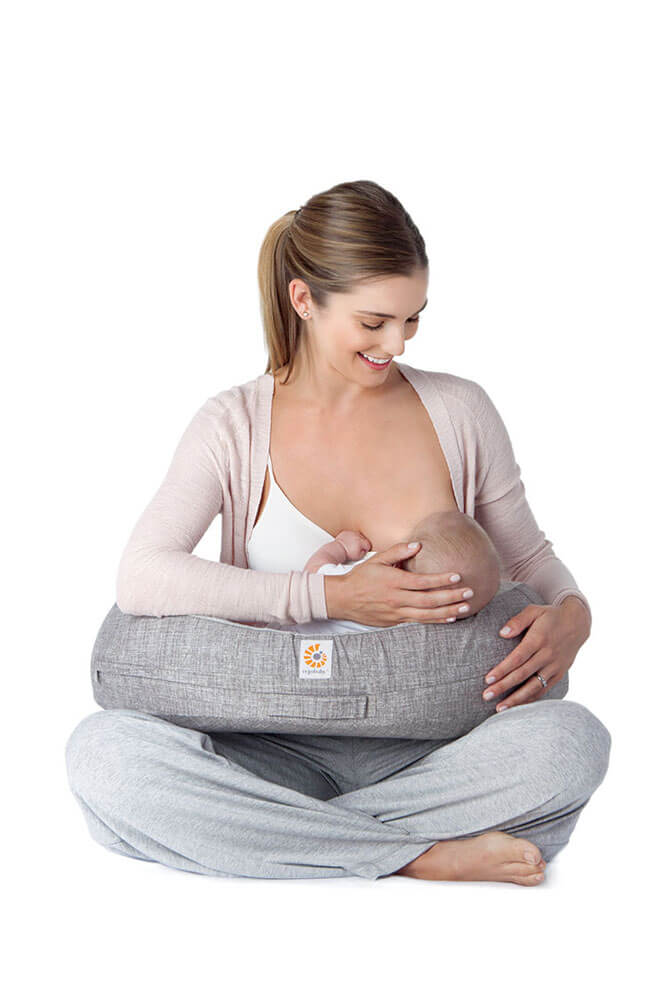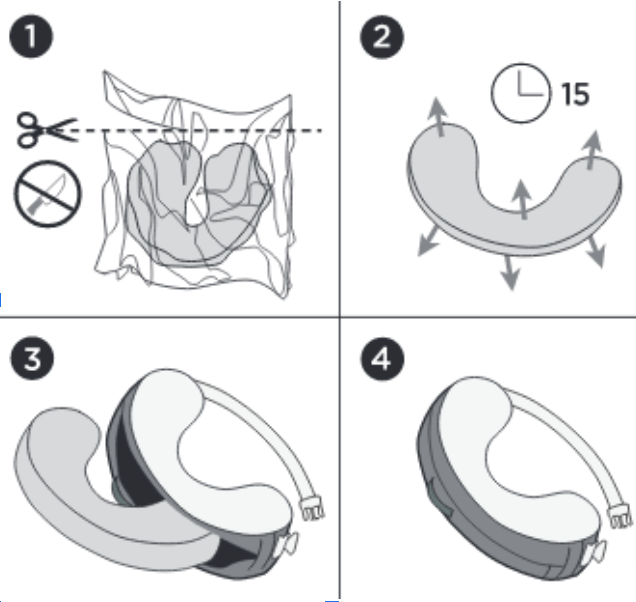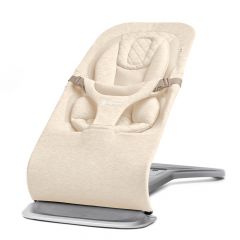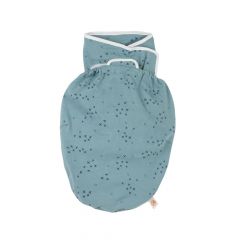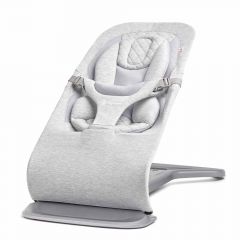La Leche League is a great resource if you are looking for some mom-to-mom support. Their Mission is to help mothers worldwide to breastfeed through mother-to-mother support, encouragement, information, and education, and to promote a better understanding of breastfeeding as an important element in the healthy development of the baby and mother.
Visit their website to find a chapter near you: http://www.llli.org/
By Tanya Altmann, MD, FAAP
Many moms decide during pregnancy that they will nurse. While others don't make their decision until they first hold their new bundle of joy against their chest, skin to skin, and that perfect beautiful baby with an adorable tiny mouth begins to suckle. Whenever you decide on breastfeeding, feel good in knowing that you are making an amazing difference in your baby's life as well as your own.
Here are the most common questions with answers that new parents ask me about breastfeeding:
Why should I breastfeed my baby?
Breast milk is best! Mother's milk provides immunity against bacteria and viruses, is easy for your baby to digest, is less expensive than formula and requires no prep time. The benefits are well documented. Studies show that breastfed babies have fewer ear, respiratory tract, and diarrheal infections. They are also at lower risk for many childhood diseases such as asthma, diabetes and obesity. Breastfeeding also benefits moms by decreasing your risk of cancer and helping you get back to your pre-pregnancy shape. Breastfeeding burns 300 to 500 calories a day—equivalent of a 3 mile run!
Is it going to be uncomfortable or difficult?
Although breastfeeding is natural, most babies aren't born experts. It may take days or weeks for you and your little one to catch on. Keep at it because it's worth it for your baby's health as well as your own and take comfort in known that it does get easier each day.
In the beginning, brief discomfort may occur while your infant latches on. However, persistent pain during breastfeeding is not normal. Count to 10 and if the discomfort continues, remove the baby and reattach him so that the baby's mouth covers as much of the areola (the dark brown area around your nipple) as possible. If the discomfort occurs during a feeding, switching breasts may help. Improper latch on and vigorous or prolonged sucking can be uncomfortable for some moms and may lead to sore, cracked nipples. If a burning or stabbing pain is experienced later in breastfeeding, call your physician because you might have an infection that needs treatment.
Where can I get help if I need it?
Don't be afraid to ask for help from day one, if not before. Often one or two meetings with a lactation consultant can really help to get you and your little one on track to breastfeeding success. Talk to your pediatrician about breastfeeding even before you deliver and ask for a list of recommended resources in your community. Many hospitals have lactation consultants available, and many postpartum and nursery nurses are also trained to help. Depending on where you live, there may be local lactation consultants available or contact your local La Leche League chapter. Additionally many mother support groups, breastfeeding centers and stores have specialists available to provide resources and help with nursing.
How long should I breastfeed for?
Breastfeeding is the optimal source of nutrition throughout the first year (or longer) of life. The American Academy of Pediatrics (AAP) recommends exclusively breastfeeding for about the first 6 months of life, and then gradually adding solid foods while continuing to breastfeed until at least 1 year of age. After that, breastfeeding can be continued for as long as both mom and baby desire.
The amount of time for each feeding and the frequency really depends on you and your baby. Initially it may seem like your baby is always on your breast and feedings may last 30 minutes each side. As your milk supply increases and your baby becomes an expert, most of your milk comes down in the first 5-10 minutes, so after around 20 minutes on one side, you can take your baby off. You are not a pacifier and prolonged sucking can dry out your nipples and cause soreness. Allow your nipples to air-dry after you feed your baby or shower. Wear a cotton bra or loose fitting top. Continue breastfeeding!
How do can I tell if my baby is hungry?
How often should I nurse? During the first two weeks of life breastfed babies should feed 8-12 times a day, about 10 to 20 minutes on each breast. Don't wait until your baby is crying and upset to feed. This is actually a late sign of hunger and it may be harder to feed the baby if both of you are frustrated. Look for earlier, more subtle clues such as stirring from sleep, putting the fist in the mouth, turning the head if the cheek is stroked lightly, or sucking movements with the mouth. During the first few days it is best to feed your baby every 2 to 3 hours, even if you have to wake them up.
How can I tell if my baby is getting enough to eat?
To tell if your baby is getting enough in, take a look (literally) at what comes out. The first two days your baby may only have a couple of wet and dirty diapers. The next few days he should have at least three of each. For the next few weeks, your baby should have at least 6 wet and 3 dirty diapers a day (although often they will have a dirty diaper after every feed). If your baby is having fewer, please call your pediatrician. Don't forget that many times a diaper has both urine and stool mixed together.
How can I increase my milk supply?
- Drink plenty of fluids (keep water bottles within reach where you nurse).
- Eat a balanced diet with lots of whole grain carbs (about 500 calories more than you ate before pregnancy…yummy!).
- Breastfeed regularly.
- Pump it up (pump after the first morning breastfeed and again before you go to bed, even if you recently nursed).
- Get enough sleep (or as much as possible).
While there is not enough medical evidence to support the use of fenugreek capsules, Mother's Milk Tea or barley to increase milk supply, many moms swear that they really do work. I found a brand of Breast Milk Cookies (made with ingredients that tout an increase in milk production, not made with actual breast milk) that I enjoyed as a daily treat.
Always ask your pediatrician before using any medications or herbal supplements to make sure they are safe for you and your baby.
How do I know if my baby is gaining enough weight?
Babies normally lose up to 10% of their birth weight in the first few days after they are born. Then they start gaining weight and by two weeks of age should be back at birth weight. Your pediatrician will see your baby frequently after birth to make sure the weight gain is appropriate. After that, babies usually gain ½ to 1 ounce a day. Most babies double their birth weight by six months and triple it by one year.
Once a baby has regained birth weight and is feeding and growing well, I often give parents permission to not wake up baby at night anymore. Of course early on a baby will still wake up at night every 2 to 4 hours to feed, but with time most babies begin to stretch out their nighttime feeds. During the day it's best to wake a baby after 3 or 4 hours to feed because if your baby does start stretching out feedings to every 4 or 5 hours, it's nice to have that time be at night and not during the day. Goal: Feed more during day, sleep more at night!
How do I know if my baby's spit up is normal or worrisome?
All babies spit up—sometimes after every feed. There are two common causes: overfeeding and reflux. Reflux happens because the valve at the top of stomach is weak or relaxed. This allows the food to easily flow back up and out of the mouth. The valve tightens as the baby grows and the reflux usually resolves by about 1 year of age. As long as your baby is gaining weight and the spit up doesn't bother him we usually don't treat it medically. Things that often help are giving smaller, more frequent feeds as well as holding your baby upright for 15 to 20 minutes after a feed. Call your pediatrician if you notice blood in the spit up, greenish color, increase in frequency and intensity of the spit up, projectile or forceful spit up or if the baby's belly looks swollen or feels hard.
My baby is yellow. My mom says it is jaundice. What does that mean?
Your mom is right. Jaundice occurs when babies have extra bilirubin in their system. Bilirubin is produced by the breakdown of red blood cells. This is often normal in newborns. The more your baby feeds and poops, the more bilirubin he will get rid off and the yellow in the skin will begin to resolve. You should let your pediatrician know if your baby begins to look yellow so the bilirubin level can be checked (a simple blood test). Depending on the results your pediatrician will advise on treatment.
What color should his poop be?
You may think that poop should be brown, but babies produce a wide variety of colors! During the first 24 hours of life, it is thick, sticky, and brownish-black in color (meconium). After the first few days of life, the stools of breastfed babies lighten in color from black to brown to green to yellow and change consistency from sticky to seedy to cottage cheese like to looser. If the stool is black after the first few days, you notice any red color in the stool or the stool is white or light grey, let your pediatrician know.



